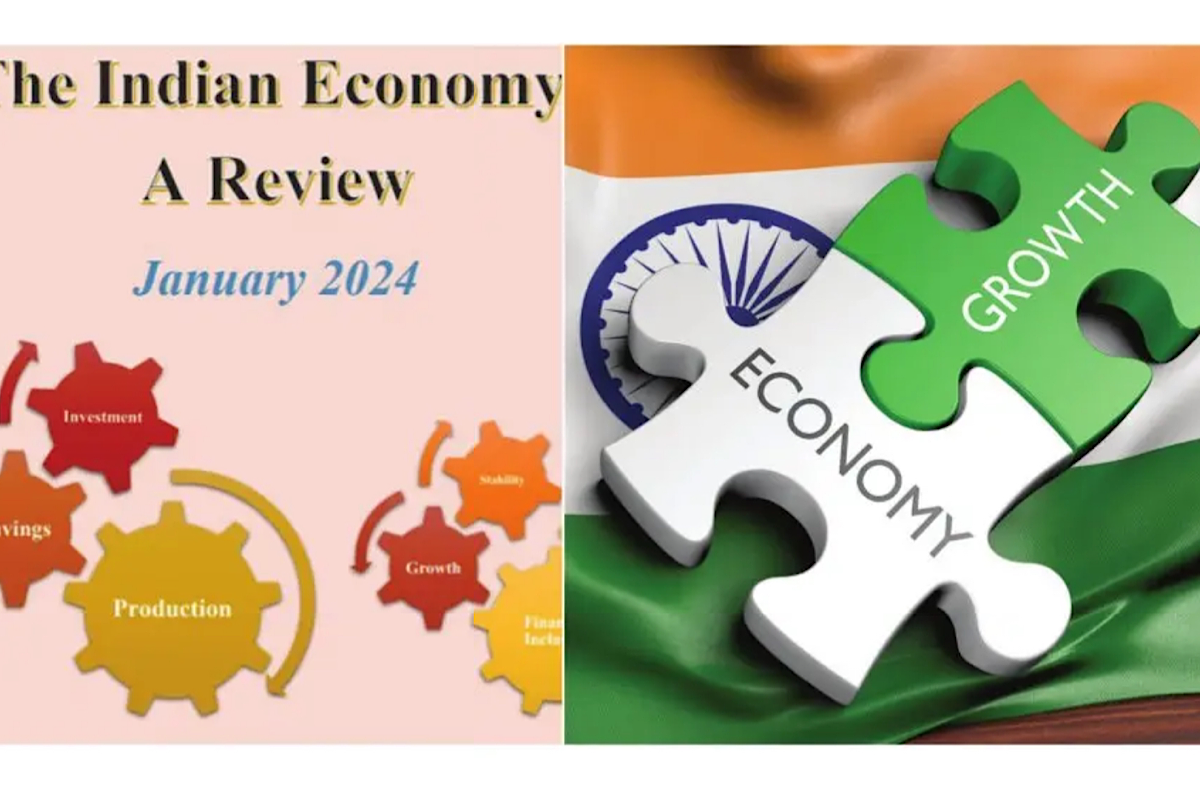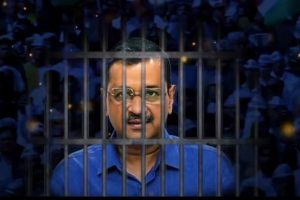Every year, a day before the Union Budget, the Chief Economic Adviser comes out with the Economic Survey for the year. This year, breaking with tradition, since an interim budget was being presented, the Government deferred publication of the Economic Survey. Instead, the Chief Economic Adviser came out with the booklet “The Indian Economy ~ A Review” that briefly takes stock of the state of the Indian economy and its journey in the last ten years and discusses, again briefly, the outlook for the economy in coming years.
At the very beginning, the booklet clarifies that the Review is not the Economic Survey. As one goes through the Review, it becomes amply clear that the aforesaid caveat was not required; the Review appears to be a hastily put up job, drawing heavily from the RBI Bulletin for December 2023, while most years’ Economic Surveys were documents of unmatched scholarship, penned after painstaking research, that exposed the real state of the economy ~ both beauty spots and warts. Such attributes ensured that the Economic Survey, remained of interest to economists and planners, long after the corresponding year’s Budget was forgotten.
The Economic Survey of 2016-17 summarised these desiderata in the following words: “It (Economic Survey) must possess a rare combination of gifts …. No part of man’s nature or his institutions must be entirely outside its regard. It must be purposeful and disinterested in a simultaneous mood, its authors as aloof and incorruptible as artists, yet sometimes as near to earth as politicians.” Such is the Survey’s enduring popularity that most of the earlier Economic Surveys have been pirated, and are being sold online. In contrast, the Review is an election year construct, with a determinedly optimistic ring throughout. Breaking the mould of impartiality, last year’s Economic Survey was widely perceived as justifying policies followed by the Government, but the present year’s Review is even more direct, making no bones about its purpose ~ it begins with a quote by PM Modi eulogising India’s economic growth in the last ten years.
In fact, the Review often divides the progress of the Indian Economy in two parts ~ pre-2014 and post-2014 ~ a political division, rather than an economic one. Again, the Review makes herculean efforts to draw a parallel between the periods 1998-2002 and 2014-2023. Such obvious biases serve no purpose other than detracting from the intrinsic merit of the Review. The second chapter of the Review touches on many topics, carefully omitting negative facts, for example, it mentions that the Government has cleaned up banks’ balance sheets, but the cost ~ a humongous write off of Rs.12 lakh crore ~ is not mentioned.
Similarly, agricultural progress is mentioned prominently but the subdued performance of the agricultural sector, which is poised to grow at only 0.7 per cent in 2023-24, is not mentioned anywhere. Relying on the annual Periodic Labour Force Surveys (PLFS) by the National Statistical Organisation, the Review concludes that unemployment rate has declined substantially from 6 per cent in 2017-18 to 3.2 per cent in 2022-23. Contrarily, in the first chapter the Review states: “… impressive post-pandemic recovery has seen the urban unemployment rate decline to 6.6 per cent.” Interestingly, Centre for Monitoring Indian Economy (CMIE) pegs the unemployment rate at 8 per cent.
The high turnout for lower-level Government jobs that see postgraduates, engineers and the like vying for peon’s jobs, belies official statistics. Recently, 50 lakh candidates applied for 60,000 jobs of constable in UP. As often happens, the examination was cancelled, after the exam papers were leaked. Significantly, the Government had issued a Press Note on 4 January 2023, denying the high rate of unemployment projected by ‘private parties’ (probably Centre for Monitoring Indian Economy (CMIE)) and ‘cautioned’ the public against private employment surveys.
Faithfully parroting the Government line, the Review does not even mention CMIE or any other data, which paints a totally different picture of the employment situation. Perhaps, before outrightly rejecting non-government data, the Review authored by no less a personality than the Chief Economic Adviser, could at least, have pointed out, how non-government data was not reliable. Even otherwise, taking a holistic view, total employment in January 2020, just before the pandemic was 410.5 million, which decreased to 409.3 million in January 2023.
Factoring in new entrants to the labour market in the last three years, it could be surmised that unemployment is touching stratospheric levels. This supposition is borne out by anecdotal evidence; a sample of which has been given in the preceding para. According to economic theory as an economy develops, number of persons employed in the primary sector (agriculture) decreases and workers migrate to employment in the secondary (manufacturing) sector and later on, to the tertiary (services) sector, but strangely, the Indian economy saw six crore workers added to the agricultural sector between April 2020 and June 2023.
The Review identifies three challenges for the Indian economy viz. disruption to global supply chains, Artificial Intelligence (AI) and transition from fossil fuels to clean energy. These are indeed valid concerns, but most Indians are more worried about the bread and butter economic problems facing them, like allround inflation and rising unemployment. Probably, to be more meaningful, the Review could have concentrated on such core concerns and suggested a strategy to counter them.
Pink papers have treated recent Government statistics with a degree of scepticism. Comparing the data relied upon by the National Statistical Office for its GDP growth estimate and data put forth by the Finance Ministry, a pink broadsheet obliquely suggested that some leeway had to be given to the Government in an election year. Recent hyperbolic claims by government agencies give credence to this suggestion. For example, based on a Household Consumption Expenditure Survey conducted by National Sample Survey Office, Niti Aayog and SBI Research concluded that the poverty level in India had declined to five per cent i.e. only a little more than seven crore individuals in India were poor. Should this conclusion be correct, there is no need for the Government to distribute subsidised rations to 80 crore people.
Then, based on the same Survey, Niti Aayog concluded that people were getting more affluent, as poorer people were spending much less on cereals, ignoring the fact that at the time of the present Survey, cereals were being supplied at a highly subsidised rate to the poor, which was not the case at the time of the earlier Survey, conducted in 2011-12. In this context, one recollects that the Household Consumption Expenditure Survey conducted in 2017-18, was not released by the Government, as it showed a fall in consumption.
Also, the results of the Periodic Labour Force Survey were not released until the 2019 Elections were over, despite the resignation of two members of the National Statistical Commission. Subsequently, results of other surveys including the 75th round (Consumer Expenditure), 76th round (Drinking water, Sanitation, Hygiene, and Housing Conditions) were not released. Looking at the profusion of positive reports appearing now, it would seem that doubting Thomases in economic ministries have finally been brought to heel.
Stamp’s Law, propounded by Josiah Stamp, the twentieth-century British economist, industrialist civil servant, statistician, writer, and banker, puts the entire issue in perspective: “The government are very keen on amassing statistics. They collect them, add them, raise them to the nth power, take the cube root and prepare wonderful diagrams. But you must never forget that every one of these figures comes, in the first instance, from the village chowkidar, who just puts down what he damn pleases.”
(The writer is a retired Principal Chief Commissioner of Income Tax)











